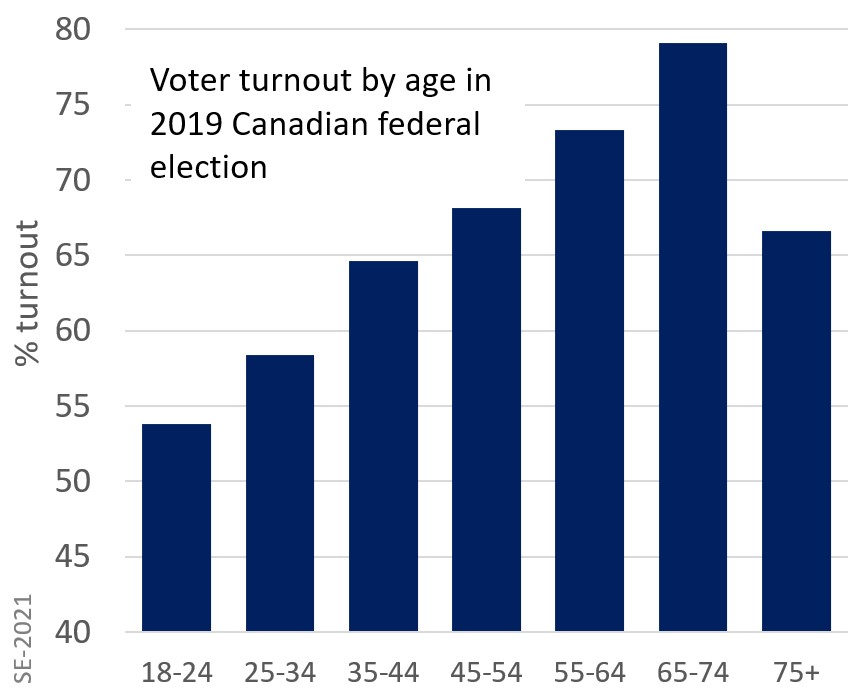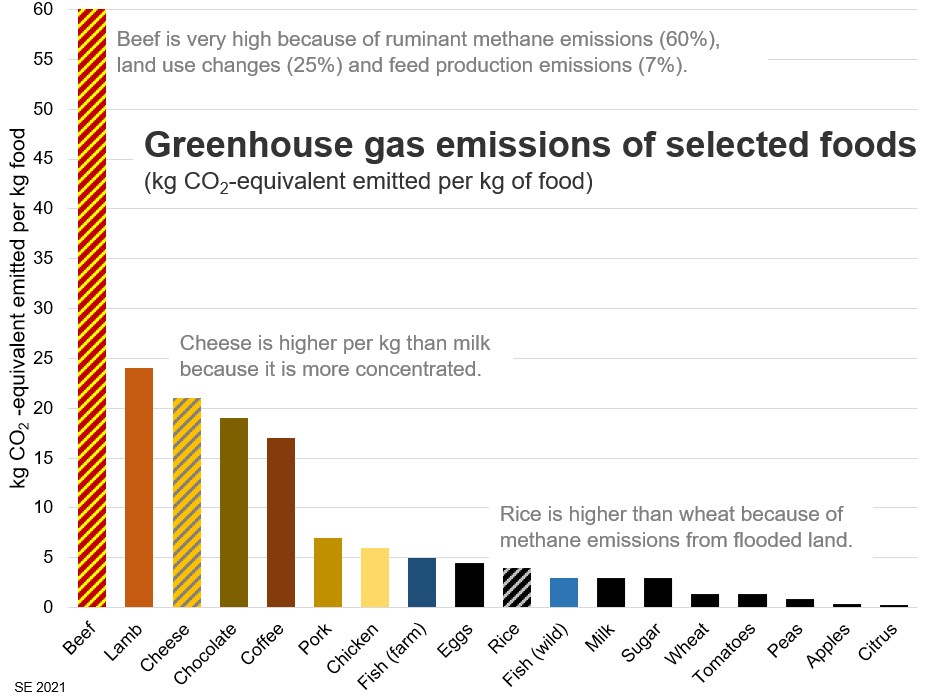15.5 Taking Climate Action
In spite of the gloomy scenarios described in the preceding sections, all is not lost when it comes to slowing climate change; there are many ways that all of us can contribute to turning things around, and, as we’ve seen in other chapters in this book, there are new technologies that are going to help us live with a lower climate footprint. The key thing is that we have start making changes now.
We can look for leadership from governments. Alas, that hasn’t been working out very well so far, especially in North America, but there are signs of hope. Many state, provincial and municipal governments are well ahead of our federal governments.
We can expect business leaders to make changes—and some are—but, by definition, businesses have to focus on the bottom line, so they will need some signals and incentives to do the right things.
We can look in the mirror, and think about what personal changes we can make, because it is the individual actions of billions of us that have got us in the mess that we are in, and that is what is ultimately going to get us out.
Here are some things that you can do—some of them very simple—as your contribution to slamming the brakes on climate change.
The Political Realm

- Vote! If you’re reading this you are probably old enough to vote, and in a democracy, you have a responsibility to do so, because every voice should be heard. In Canada less than 55% of those under 24 voted in the last federal election, compared with over 70% for most older people (Figure 15.5.1). It is evident that almost half of those under 25 were willing to leave the important decisions about their future to their parents and grandparents. The situation is similar in the US, although the numbers are a little lower.
- Vote for a candidate that understands climate change and its implications, that has articulated a platform that is going to make a climate difference and has demonstrated a commitment to work on policies that will reduce our climate impact. These might include enhancing facilities for cycling and walking, improving public transit, promoting the adoption of electric vehicles, and encouraging the shift to renewable energy.
- Write, e-mail, call, text, tweet or communicate however you want, and let political candidates and sitting politicians know that climate change is not just a back-burner issue for you, that it is the most important issue, and that if we don’t take it seriously it will soon become the only issue. Politicians do what they think is most likely to get them votes, so we all need to let them know that we are voting and that we want to see serious action on climate change—above all else.
- Make your views known, in class, amongst your friends, at home, on social media or on the streets.
The Economic Realm
- Stop supporting businesses that don’t get it, such as those that make cheap throw-away products, or energy-inefficient products, or those that keep urging you to buy new stuff to replace the stuff you already have that is still perfectly OK.
- Make a point of buying goods and services that have the lowest carbon footprints, such as smaller appliances, energy-efficient appliances, or—where there is an option—electricity that doesn’t involve fossil fuels.
- Write, e-mail, call, text, tweet to let businesses know that climate-sensitive policies and products matter to you and will influence your purchasing decisions.
The Personal Realm
-

Figure 15.5.2 GHG Emissions of Foods in kg CO2-Equivalent per kg of Food Single-occupant fossil-fuel vehicles are the biggest source of GHGs in most areas, so we all have to make every effort not to drive. Instead, choose transit, a bicycle (or an electric bicycle), or walk if possible. If there is no option other than to drive, create a car-pool.
- Choose to live in places where transit, biking or walking are viable options.
- If you have to drive, use an electric car. Yes, they are more expensive, but they are much cheaper to operate and maintain, and will save you money in the long run.
- If you can’t afford an electric car, then at least drive a small and efficient car, and don’t make car trips that you don’t absolutely have to.
- Reduce your consumption of meat (especially beef) and dairy products. As shown on Figure 15.5.2, production of beef results in far higher GHG emissions than any other food, by a wide margin. Beef and sheep are ruminants; methane is produced in their rumens and then burped up. Pork and chicken are better meat choices, but a vegetable based diet is better still.
- Eat local foods in preference to foods brought from far away, and choose foods grown on small farms (and in gardens) over those from large monoculture and chemical-intensive operations.
- Eat everything on your plate and make every effort to avoid throwing good food away.
- In order to reduce GHG emissions, avoid sending anything organic to the landfill. That includes any food and food waste, any lawn or garden trimmings, and all paper products.
- Turn the thermostat down and put on a sweater and turn the air-conditioner down and look for other ways or places to stay cool.
- Don’t buy stuff you don’t need.
- Don’t fly to places that you don’t need to go to.
- Donate some of your time, or some money, to a local organization that is working to fight climate change.
Media Attributions
- Figure 15.5.1 Steven Earle, CC BY 4.0, using Elections Canada data, Open Government Licence – Canada, https://www.elections.ca/
- Figure 15.5.2 Steven Earle, CC BY 4.0, based on data in Poore, J. & Nemecek, T. (2018). Reducing food’s environmental impacts through producers and consumers, Science, 360(6392), 987-992. https://www.science.org/doi/10.1126/science.aaq0216
